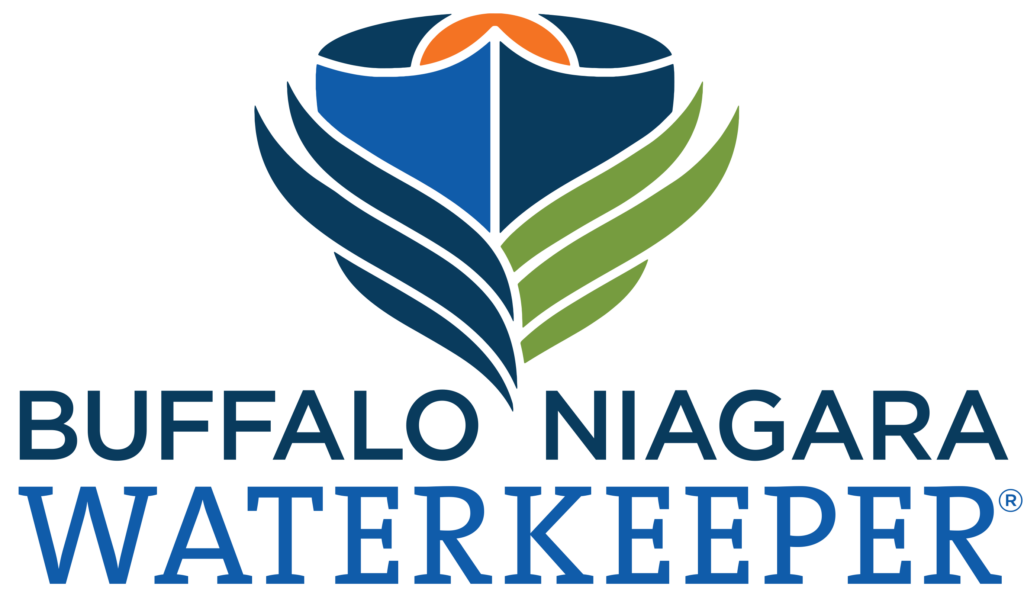Letter to New York State Department of Environmental Conservation
Consideration of B. McPherson
August 28, 2020
Dear Mr. McPherson,
Buffalo Niagara Waterkeeper (BNW) is a community-based not-for-profit that protects and restores our water and surrounding ecosystems for the benefit of current and future generations. As a guardian of the Niagara River, BNW is an active member of the Niagara River Remedial Action Committee (RAC) for the Niagara River Area of Concern (AOC), having participated in the RAC and various technical subcommittees since their inception. The Niagara River Remedial Action Plan (RAP) lists 44 hazardous waste sites found to be potential sources for contaminant migration to the Niagara River. Of these sites, the Tonawanda Coke property is identified as a potential contributor of PCBs to the Niagara River and one of 8 sites with ongoing remediation that is not yet complete as of 2020. BNW supports the intent to clean up and eventually redevelop the site in a way that is protective to human health and the environment. Due to the history of criminal mismanagement of the site, documented harm to the health and safety of former workers and toxic pollution impacting the surrounding community, a comprehensive investigation must include adequate groundwater and soil analysis to identify potential sources of contamination. The BCP site operated as a coke by-products producing facility for more than 100-years. Analysis of historical documents, site plans, and aerial photos have shown that the operations have changed in geographic location throughout the site over time. Due to this, and the fact that there has been a likely under reporting and official documentation of spills throughout the site history, BNW urges NYDEC to require rigorous investigation of the entire site including soil and groundwater contamination. The scope of work presented in the RI Work Plan (Work Plan) does not appear to be sufficient to define the nature and extent of on-site contamination nor will it be thorough enough to develop an alternatives analysis report for the site. It does not adequately address the nature and extent of contamination that has either migrated off site, or has the potential to migrate to the Niagara River through known or suspected vectors including stormwater and groundwater.
In order to fully understand the extent of contamination and promote the most impactful and just clean up, the NYSDEC must undertake the following actions:
1. Due to lack of documentation over a 100-year period there are certainly unknown sources and sites of contamination. The first spill was not recorded until 1993, however 90% of the recorded spills are dated after 2010. Even while actively recording, there is still a 17-year gap in complete information. This suggests that many undocumented spills occurred during this 17-year period as well as throughout the 100 years of operation. Due to lack of documentation, a full investigation of the site is needed. The NYSDEC must mandate the developer research, and test, for all possible past and current spills on the site, including the full 100-year duration of industrial production and site operations.
2. The NYSDEC must mandate the use of current Phase 1 and 2 Environmental Site Assessments that address the full scope of operations, contamination and necessary areas of sampling on the site. The current team making the developer’s site plan are using Phase 1 and 2 Environmental Site Assessment reports which were written between 1986-1991 as a reference, these are outdated. In addition, these assessments predate current investigation practices and standards which have evolved considerably since this time. Aerial photos and documentation over time has indicated additional environmental impact and potential pollution conveyance to the Niagara River from this site.
3. NYSDEC must investigate and address possible active contamination to the Niagara River from stormwater outflow originating from the Brownfield site and all other sources of possible offsite contamination originating from the Brownfield land.
4. The NYSDEC must investigate and address possible contamination and spills from a tanker rail car that has been partially buried.
5. The NYSDEC must investigate and address the concrete pad used to mix sludge into coal before it went to ovens, and underground coal conveyor.
6. The NYSDEC must investigate, locate and address the end of a culvert that may drain contaminants from 110 to the Niagara River through stormwater system.
7. The NYSDEC must investigate and address the pile of light color debris that may be used silica bricks from ovens.
BNW is including the below comments generated by Alan J. Rabideau, PhD, PE and Professor of Civil, Structural, and Environmental Engineering, University at Buffalo after an independent analysis of the Work Plan.
1. The Work Plan does not include an adequate description of current groundwater conditions, which is needed to evaluate the appropriateness of proposed wells and sample placement. At a minimum, it should include a vertical profile of the site that shows the stratigraphic units and the screened intervals of existing monitoring wells. The Work Plan should also include a more detailed description of current conditions, including the hypothesized direction and magnitude of groundwater flow. This information will support a more focused evaluation of the number, location, and depth of proposed additional wells.
2. Following EPA and other guidance, it is important to recognize that coke manufacturing plants frequently generate contamination in the form of a dense nonaqueous phase liquid (DNAPL). As such, the Work Plan should emphasize collection of samples from deeper locations, including the interface between the permeable unit and the clay. It will also be helpful to include an explanation of how soil/groundwater/test-pit samples will be evaluated to assess DNAPL presence.
3. The proposed investigation relies on a static approach with pre-selected locations for traditional wells and borings. Consideration should be given to the use of a more contemporary dynamic process, such as the EPA Triad method, that supports real-time adjustments to the Work Plan in response to field screening.
4. Given the uncertainty regarding the site stratigraphy, a more flexible approach to vertical sampling is suggested. For example, the use of preliminary Geoprobe sampling and/or multi-level wells may offer advantages over the more limited and inflexible “shallow/medium” well pairs.
5. An important site feature is the quantity and quality of potential off-site discharges. Given the complex site stratigraphy, consideration should be given to the use of multi-level well or Geoprobe transects located across the down gradient site boundary. Such an approach provides three-dimensional information on both the groundwater flow properties and contaminant concentrations.
After review we also have the following questions about the scope of the RI work plan:
1. Per the NYSDEC DER-10 guidance, the investigation should address the potential for indoor vapor intrusion. Do plans for this investigation need to be included in the Work Plan?
2. Per the NYSDEC DER-10 guidance, it is unclear whether the Work Plan should provide details of the required fish and wildlife analysis. The Work Plan indicates that Step I (Site Description) of a Fish and Wildlife Impact Analysis will be included in the Remedial Investigation Report. Based on NYSDEC DER-10 it appears this should be included in the Work Plan. Is this the case? In addition to the above concerns, we support the Clean Air Coalition’s comment for additional sampling to be incorporated into Riverview Innovation & Technology Campus Brownfield Remedial Investigation Work Plan. BNW will continue to follow the BCP process at this site, particularly through thorough review and comment on the Alternative Analysis Report and ensure the NYSDEC’s Citizen Participation Plan is followed.
Sincerely,
Jill Jedlicka Executive Director,
Buffalo Niagara Waterkeeper


